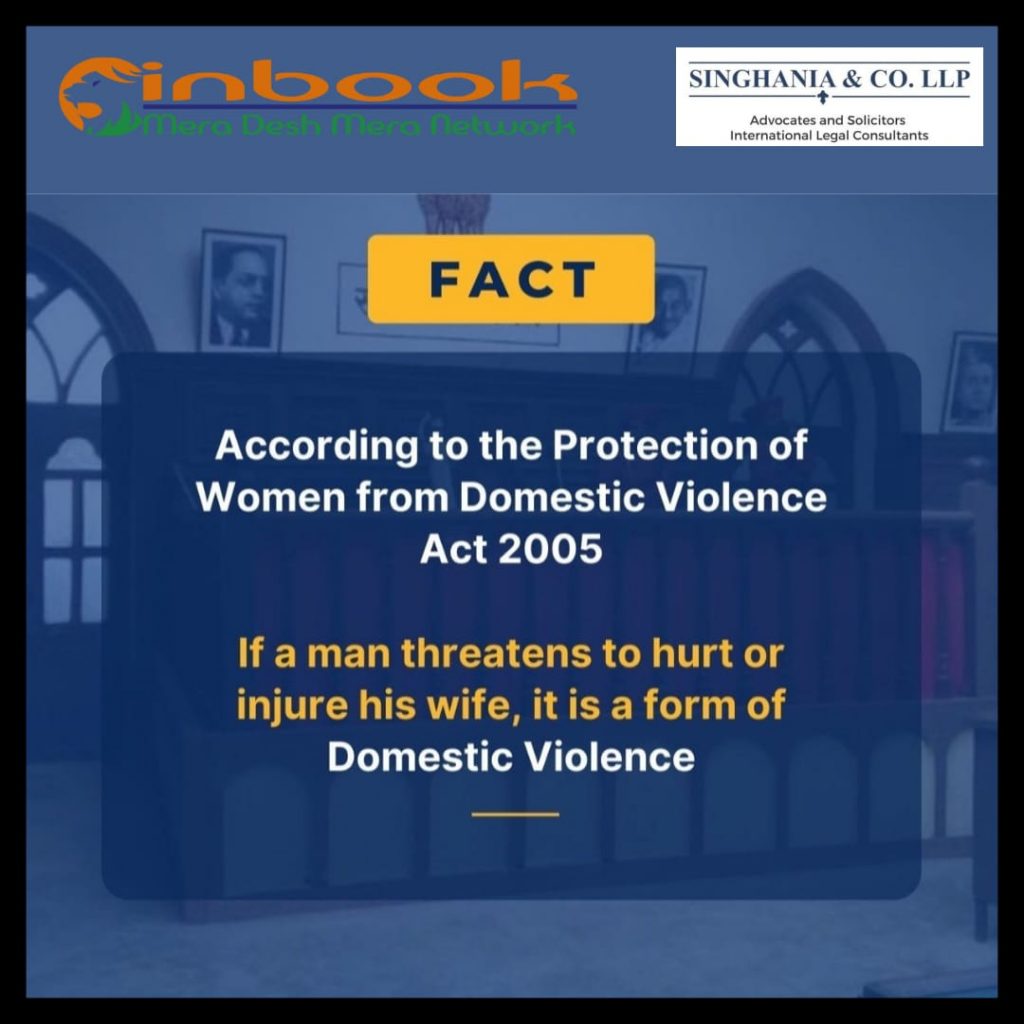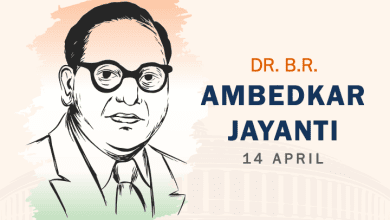WOMEN AND CHILDREN RIGHTS IN INDIA

The fierce equality that is deeply ingrained in Indian culture yearns to emerge, but people there consistently engage in disruptive and unproductive behaviour that prevents this way of life from advancing and thriving in our society. Without a doubt, the socioeconomic structure of our society presents a number of challenges to women and children. Legal provisions that are in the people’s best interests can reduce some of the issues. Indian law has played a part in ensuring that people have access to their rights (albeit it still needs to be updated and widely taught, credit where credit is due).

CHILDREN RIGHTS
1.1 Juvenile Justice Care and Protection of Children Act 2015
The Juvenile Justice Care and Protection Act 2015 was passed to update the legislation governing kids who have been found to be in legal trouble as well as kids who need care and protection. The majority of crimes committed by adolescents between the ages of 16 and 18—particularly rape—were the driving force behind the passage of this Act. More than 54% of rapes between 2011 and 2014 were committed by minors. Thus, it was thought that the current juvenile laws needed to be revised.
The Act sought to implement a child-friendly approach to case adjudication and resolution. It replaces the Juvenile Justice (Care and Protection of Children) Act, 2000, and goes into effect on January 15, 2016. The following are some of the modifications covered by the Act:
• [Section 12] – A child has the right to be released on bail with or without surety or to be under the supervision of a probation officer when they are accused of committing a bailable or non-bailable offence.
• [Section 14(4)]: According to the Act, there are three types of offences: minor, serious, and heinous. If the processes are not concluded even after six months, the investigation into minor offences committed by a juvenile may be cancelled.
• No child may receive the death penalty or a life sentence without the chance of parole, according to Section 21 of the law. A minor may, however, be tried as an adult in some egregious cases.
• Every child has the right to be heard, to participate in decisions that concern him, and to have his or her opinions taken into consideration with adequate care for the child’s age and maturity. This right is guaranteed by Section 3 (iii).
• Inter-country adoption is allowed if an orphan, abandoned, or surrendered child’s adoption did not occur within 60 days of the child being proclaimed legally free for adoption (see Section 59).
• The Act emphasises a child’s right to a fair trial while taking into account their particular needs, the principles of a fair trial, and preserving a child-friendly environment [Section 19(1)(i)].

1.2 Protection of Children from Sexual Offences Act, 2012
On November 14, 2012, the Protection of Children from Sexual Offenses Act (POCSO) went into effect. Its purpose is to safeguard children from crimes like as sexual abuse, sexual harassment, and pornography while also facilitating the establishment of special courts to handle these cases. The POCSO Act was introduced because there were no strict laws in place to effectively combat terrible crimes like child sexual exploitation and abuse. The following are the improvements brought about by the Act:
• [Section 24] – A minor’s statement must be recorded at his home or another location of his choosing in the presence of a person he may trust. For any reason, a kid cannot be held overnight in the police station.
• [Section 27] states that a kid’s medical examination must take place with the child’s parent or another adult that the youngster has confidence in present. A female doctor must do the examination if the victim is a young girl.
• [Section 33]- In the right circumstances, in addition to the punishment for the perpetrator, a child may receive compensation for the mental anguish caused to him or for immediate rehabilitation of the kid.
2. RIGHTS OF WOMEN
2.1 Muslim Women (Protection of Rights on Marriage) Act, 2019
On July 31, 2019, the Muslim Women (Protection of Rights on Marriage) Act, 2019 was published in the Indian Gazette. It becomes effective retroactively on September 19, 2018. In the case of Shayara Bano v. Union of India, the Hon. Supreme Court ruled that triple talaq, also known as talaq-e-biddat, is unconstitutional and thus unlawful. This ruling and the legislation that followed are historic in defending the rights of Muslim women in the nation. This act has a tremendous opportunity to benefit Muslim women in the nation by inserting clauses relating to the entitlement to maintenance or the custody of minor children. After the enactment of this act, the Union Minister of Minority Affairs, Mukhtar Abbas Naqvi, said that there had been an 82% decline in the number of triple talaq cases in India.
The primary objective of the law is to safeguard the rights of married Muslim women living in the nation. It is a succinct but comprehensive act that has already proven to be a significant step that will greatly benefit Muslim women. The act’s specific provisions are shown below.
• The Act’s [Section 2(c)] definition of talaq specifies that it is talaq-e-biddat. This is crucial because it guards against all misunderstandings.
• The declaration of talaq by a Muslim husband onto his wife is void and forbidden, according to [Section 3]. This includes words expressed orally, in writing, electronically, or in any other way.
• [Section 4]: States that any Muslim husband who declares talaq is subject to a prison sentence of up to three years.
• [Section 5]: Establishes the right to a subsistence payment for a married Muslim lady and any dependent children upon whom talaq is delivered.
• [Section 6] specifies that the wife on whom the talaq has been pronounced shall be entitled to custody of minor children.
• [Section 7(c)]: This provision states that no person accused of this specific offence is eligible for bail unless the Magistrate is persuaded that there are reasonable grounds to do so. After receiving an application from the accusers and hearing from the married Muslim lady who had received talaq, the magistrate would make a decision regarding the case.
2.2 Sexual Harassment of Women at Workplace (Prevention, Prohibition and Redressal) Act, 2013
On April 22, 2013, the Sexual Harassment of Women at Workplace (Prevention, Prohibition, and Redressal) Act, 2013, was published in the Indian Gazette. Sexual harassment, according to the Supreme Court of India, is any unwanted, sexually motivated physical, verbal, or nonverbal behaviour. In India, sexual harassment claims involving female employees are handled according to a set of procedural rules called the Vishaka Guidelines.
According to information released by the Ministry of Women and Child Development, there were 570 reported incidences of workplace sexual harassment in India in 2017, up from 371 cases in 2014, a 54 percent increase. This demonstrates the impact of the deed.
International conventions and protocols like the Convention on the Elimination of All Forms of Discrimination Against Women recognise sexual harassment protection and the right to a job with dignity as universal human rights. Among the important clauses of this act are:
• [Section 3]: Declares that sexual harassment of women at work is prohibited. provides examples of situations that could constitute sexual harassment Details the structure and operation of the Internal/Local Complaints Committees in [Section 4]-[Section 8].
• [Section 9]: Specifies that complaints must be made in writing and within three months.
• [Section 9]: Specifies that actions may be made to resolve the issue between the aggrieved woman and the respondent before an inquiry is launched. The woman who feels wronged must ask for this to be done.
• [Section 26]: The section specifies the penalties that may be imposed for breaking the law.
• [Section 19]: Specifies the obligations of an employer.
REFERENCES
1.RAI, H., & SINGH, S. (1976). OMBUDSMAN IN INDIA: A NEED FOR ADMINISTRATIVE INTEGRITY AND RESPONSIVENESS. The Indian Journal of Political Science, 37(3), 43-63. Retrieved October 4, 2020, from http://www.jstor.org/stable/41854746
2.https://wcd.nic.in/sites/default/files/POCSO%20Act%2C%202012.pdf
3.https://indiankanoon.org/doc/115701246/
4.http://egazette.nic.in/WriteReadData/2019/209473.pdf
5.http://www.nitc.ac.in/app/webroot/img/upload/546896605.pdf
6. http://legislative.gov.in/sites/default/files/A2013-14.pdf






